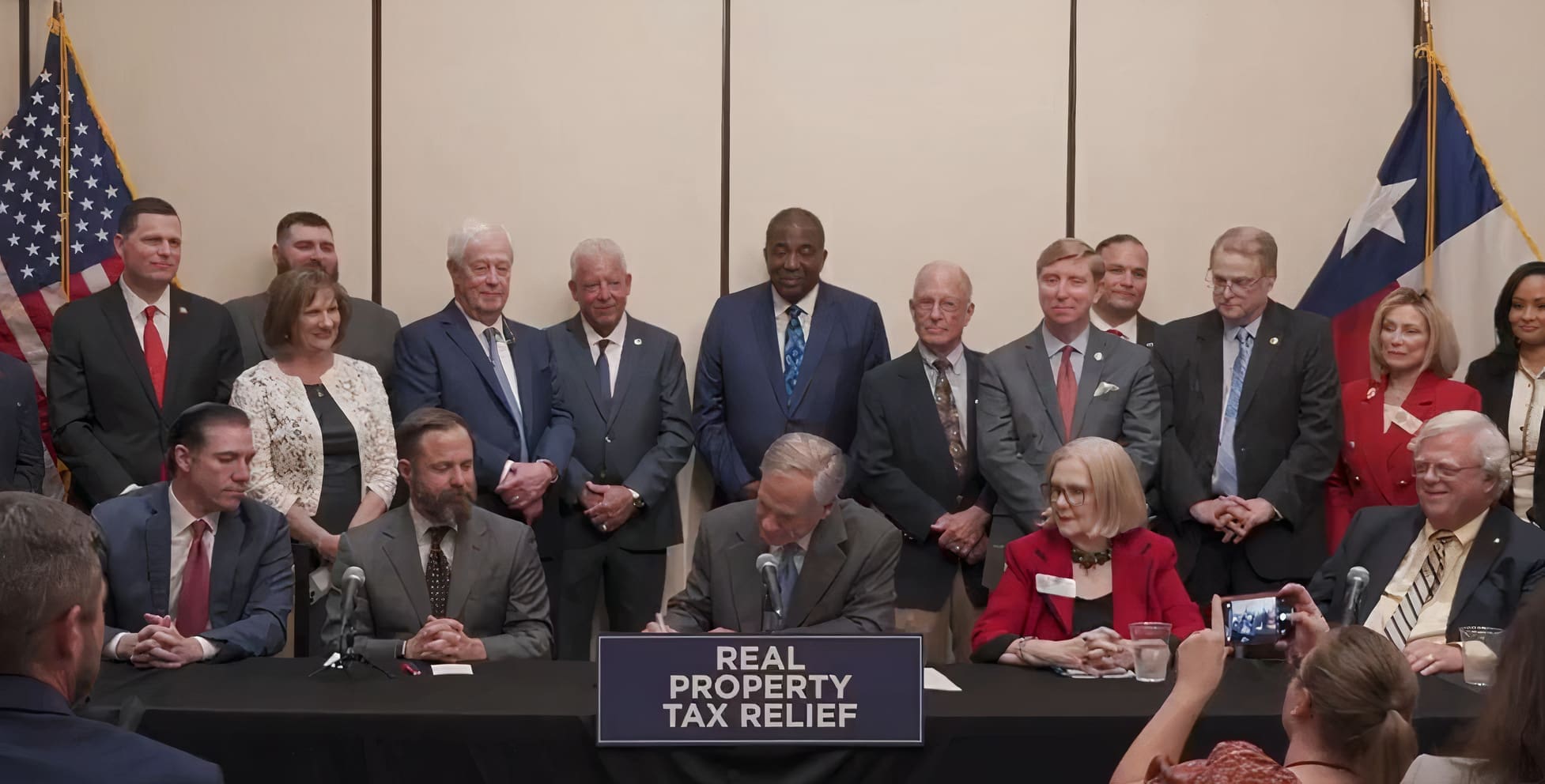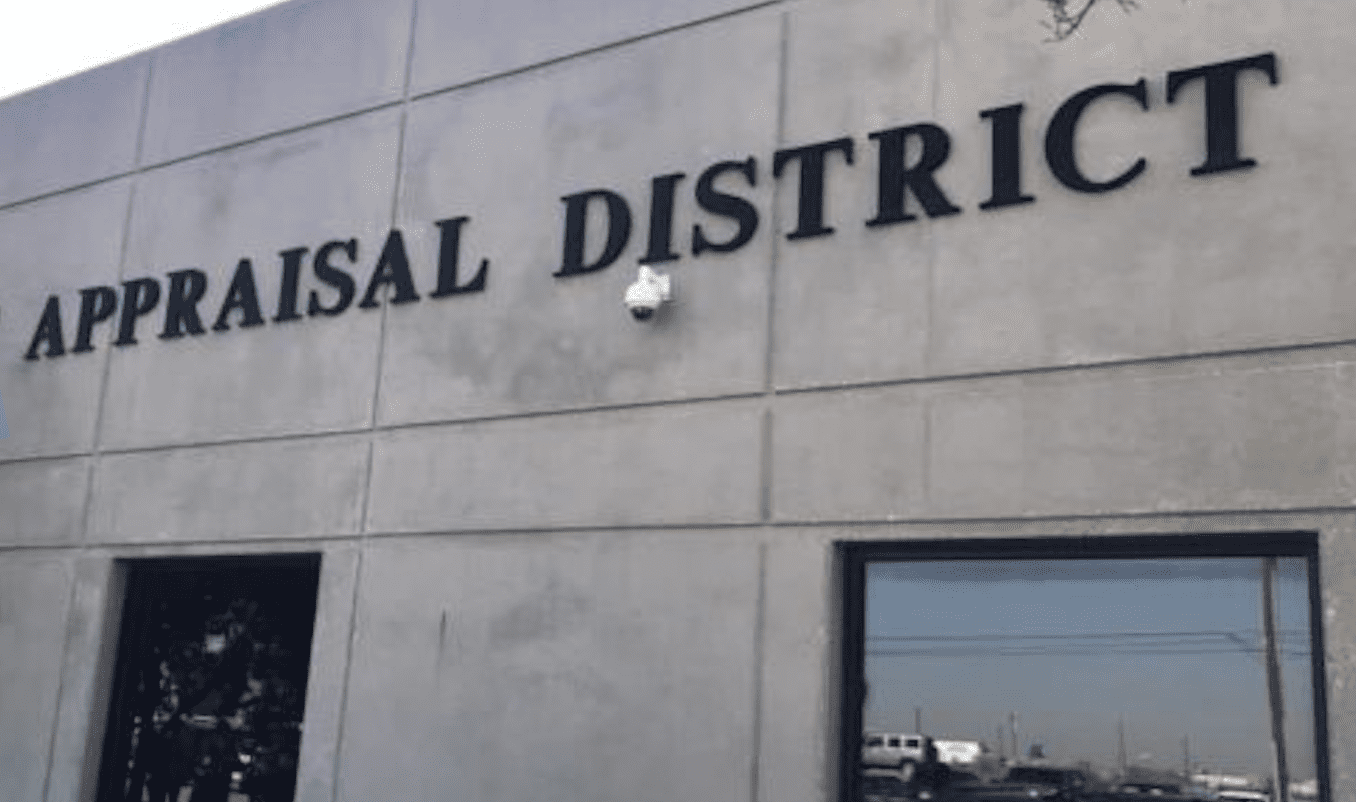Helpful to taxpayers as we discuss property tax reform is the simple to use Rule of 72.
Rule of 72 is a method of computing the time in which a sum will double at a specific rate of interest. To figure how long it takes for property taxes to double simply divide 72 by the annual tax rate.*
 For example, if you divide 72 by 5 you will get 14.4. That means that at a 5% increase in the actual amount of property taxes you pay on the same property each year, you will have seen your taxes doubled in 14.4 years – less than half the term of most mortgages.
For example, if you divide 72 by 5 you will get 14.4. That means that at a 5% increase in the actual amount of property taxes you pay on the same property each year, you will have seen your taxes doubled in 14.4 years – less than half the term of most mortgages.
Our friend Jackie D. Hawkins in the Big Country reminds us that a simple application of the Rule of 72 shows that your property tax will double in just 9 years at an 8% per year increase, which is where the current so-called cap sits. But at only a 3% per year property tax increase, it would take local governments 24 years to double your property taxes.
Jackie D. says he’ll take 3%. Me too.
If legislators negotiate away an election trigger “cap” of 3% or less for a higher rate, we will still be in the situation in which peoples’ property taxes are likely to double within a generation on their home and well before a standard mortgage is paid off.
If legislators fail and agree on 5% for the election trigger, then your property taxes can easily double in about 14 years. And remember, that means a 50% tax increase in just 7 years!
The 2.5% rate, or a rate no higher than 3%, is critical to allowing voters to limit the existing outrageous growth, far outpacing inflation, of their local government property taxes.
*And to be most accurate, you want to use as the percentage the actual percentage amount you would pay in new taxes each year, not the necessarily the local “tax rate” set, because of the fundamental complexities with appraised values and the like.
This is a commentary submitted and published with the author’s permission. If you wish to submit a commentary to Texas Scorecard, please submit your article to submission@texasscorecard.com.





